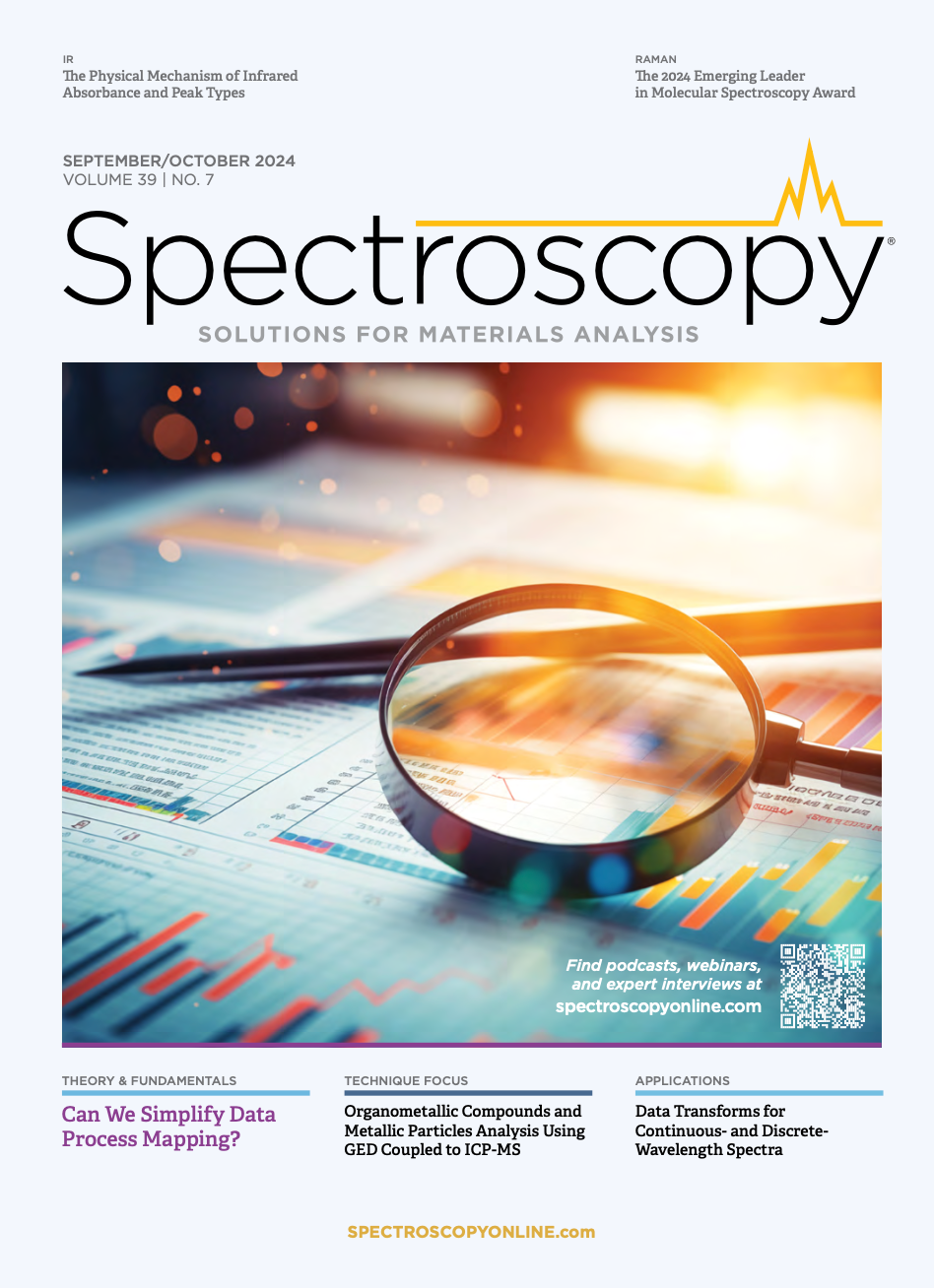Using Raman Spectroscopy in Biomedical and Biological Research
A recent study out of Russia examined the application of Raman spectroscopy in biomedical and biological research.
Raman spectroscopy is becoming the technique of choice in various scientific and medical research domains, according to a recent study published in Photochemistry and Photobiology B: Biology (1). Lead authors Elvin S. Allakhverdiev and Suleyman I. Allakhverdiev document Raman spectroscopy’s potential in these domains, focusing their review article on Raman spectroscopy’s role in disease diagnosis, surgical guidance, and pharmaceutical analysis.
Researcher biochemist woman analyzing virus expertise working on coronavirus treatment in microbiology hospital laboratory. Chemist scientist typing biomedical research. Biochemistry examination | Image Credit: © DC Studio - stock.adobe.com

Raman spectroscopy is an advanced molecular spectroscopic analytical technique. It has gained significant traction in recent years (2). As an analytical tool, it is able to provide detailed molecular information in a nondestructive way making it a good technique to use in forensics, biology, and biomedical analysis (1,2). Raman spectroscopy, because of its versatility, allows researchers to classify cellular types, profile metabolites, and analyze pigment constituents within microalgae.
Allakhverdiev and Allakhverdiev focus their review on the fundamentals of Raman spectroscopy, and how researchers have made modifications and adjustments to the technique to suit the analysis they are conducting. By researchers making these modifications, the authors state, it has allowed Raman spectroscopy to be used in more fields and application areas (1).
The researchers show that Raman spectroscopy has had a huge impact on biomedical research, particularly in cancer diagnosis, intraoperative procedure guidance, and the detection of microbiological infections (1).
One of the most important contributions of Raman spectroscopy is its role in cancer diagnosis (3,4). The technique's ability to identify molecular changes in cells and tissues allows for early detection and accurate characterization of cancerous growths (1). The authors discuss how, in this context, Raman spectroscopy is improving patient outcomes because the technique helps improve early diagnoses.
Raman spectroscopy has also played a role in surgical applications. Surgeons can use the technique to distinguish between healthy and diseased tissues, ensuring precise removal of cancerous cells while preserving as much healthy tissue as possible (1). As a result, Raman spectroscopy has helped improve surgical success rates and decrease the probability of recurrence (1).
The authors also highlighted how Raman spectroscopy has benefitted microbiological research. The technique's sensitivity to molecular signatures allows for the rapid identification of microorganisms, including microalgae species (1). This rapid identification is essential for studying adaptation mechanisms and understanding the roles of chlorophylls and carotenoids in these organisms.
Raman also plays a crucial role in pharmacology, where it aids in understanding the structural properties of drugs. This understanding is vital for developing new medications and improving existing treatments (1). In particular, the researchers provided an overview of how Raman spectroscopy has improved microRNA (miRNA) analysis by helping us understand the roles of miRNA in gene regulation better.
Currently, the widespread adoption of Raman spectroscopy is limited without sophisticated equipment and expertise. Additionally, the complexity of interpreting Raman data necessitates ongoing research and development to enhance its accuracy and accessibility (1).
The researchers concluded their review article by suggesting ways Raman spectroscopy can overcome these limitations. It starts, they argue, with more interdisciplinary collaboration (1). More collaboration can bring about the necessary advancements in instrumentation and data analysis that are needed for Raman spectroscopy to be used more often.
References
(1) Allakhverdiev, E. S.; Kossalbayev, B. D.; Sadvakasova, A. K.; et al. Spectral Insights: Navigating the Frontiers of Biomedical and Microbiological Exploration with Raman Spectroscopy. J. Photochem. Photobiol. B: Biol. 2024, 252, 112870. DOI: 10.1016/j.jphotobiol.2024.112870
(2) Deluca, M.; Hu, H.; Popov, M. N.; et al. Advantages and Developments of Raman Spectroscopy for Electroceramics. Commun. Mater. 2023, 4, 78. DOI: 10.1038/s43246-023-00400-4
(3) Workman, Jr., J. Light and AI Unite: Raman Breakthrough in Noninvasive Lung Cancer Detection. Spectroscopy. Available at: https://www.spectroscopyonline.com/view/light-and-ai-unite-raman-breakthrough-in-noninvasive-lung-cancer-detection (accessed 2024-07-11).
(4) Wetzel, W. Advancing Breast Cancer Diagnosis and Treatment Using Raman Spectroscopy. Spectroscopy. Available at: https://www.spectroscopyonline.com/view/advancing-breast-cancer-diagnosis-and-treatment-using-raman-spectroscopy (accessed 2024-07-11).

AI-Powered SERS Spectroscopy Breakthrough Boosts Safety of Medicinal Food Products
April 16th 2025A new deep learning-enhanced spectroscopic platform—SERSome—developed by researchers in China and Finland, identifies medicinal and edible homologs (MEHs) with 98% accuracy. This innovation could revolutionize safety and quality control in the growing MEH market.
New Raman Spectroscopy Method Enhances Real-Time Monitoring Across Fermentation Processes
April 15th 2025Researchers at Delft University of Technology have developed a novel method using single compound spectra to enhance the transferability and accuracy of Raman spectroscopy models for real-time fermentation monitoring.
Nanometer-Scale Studies Using Tip Enhanced Raman Spectroscopy
February 8th 2013Volker Deckert, the winner of the 2013 Charles Mann Award, is advancing the use of tip enhanced Raman spectroscopy (TERS) to push the lateral resolution of vibrational spectroscopy well below the Abbe limit, to achieve single-molecule sensitivity. Because the tip can be moved with sub-nanometer precision, structural information with unmatched spatial resolution can be achieved without the need of specific labels.